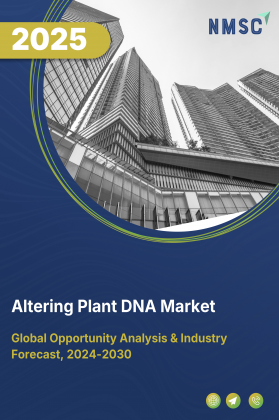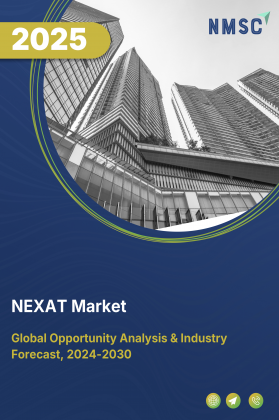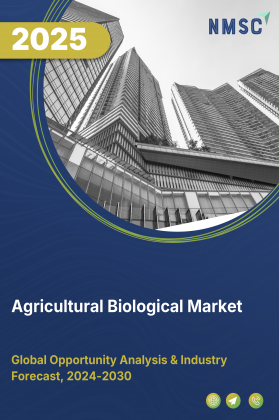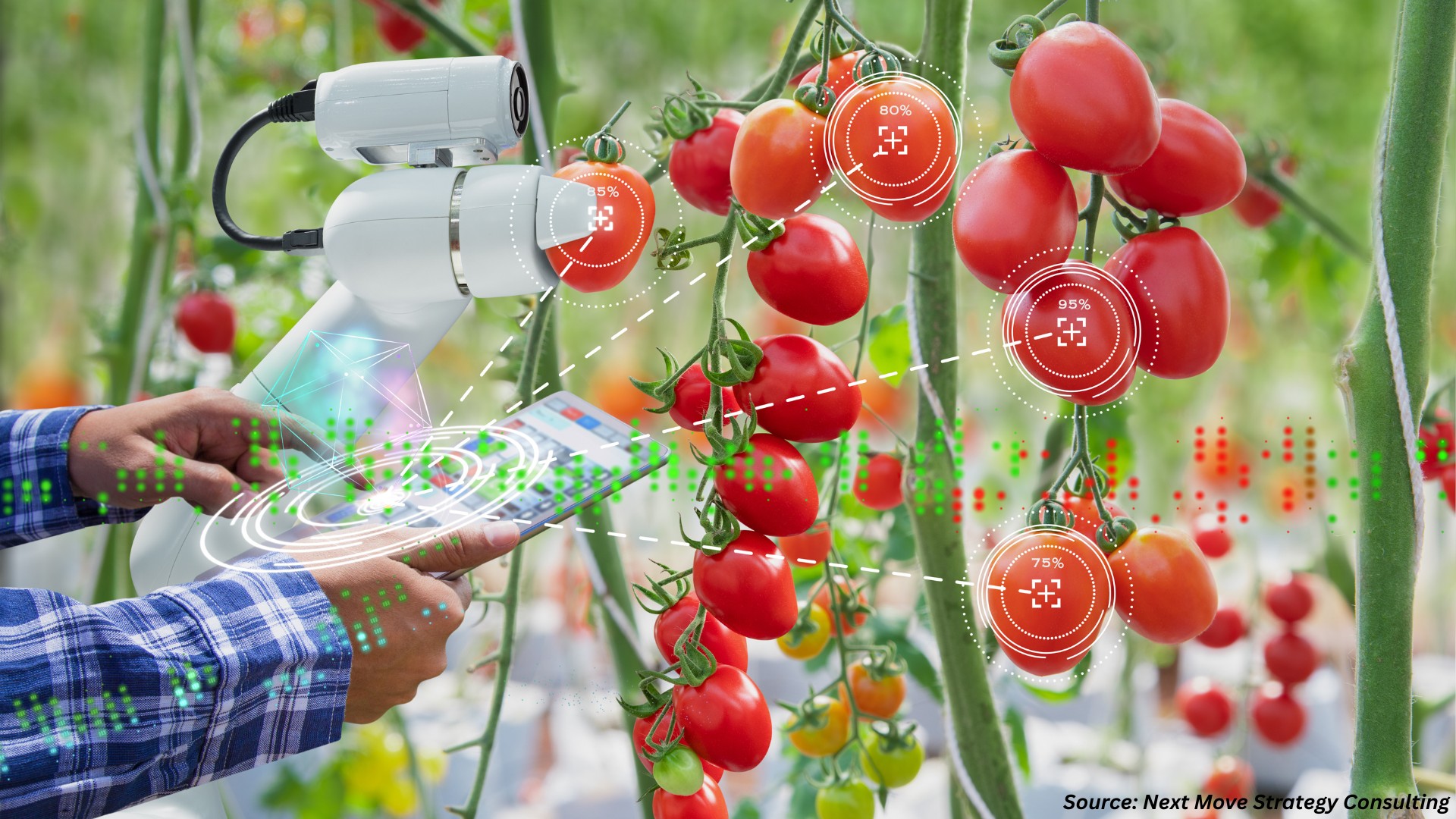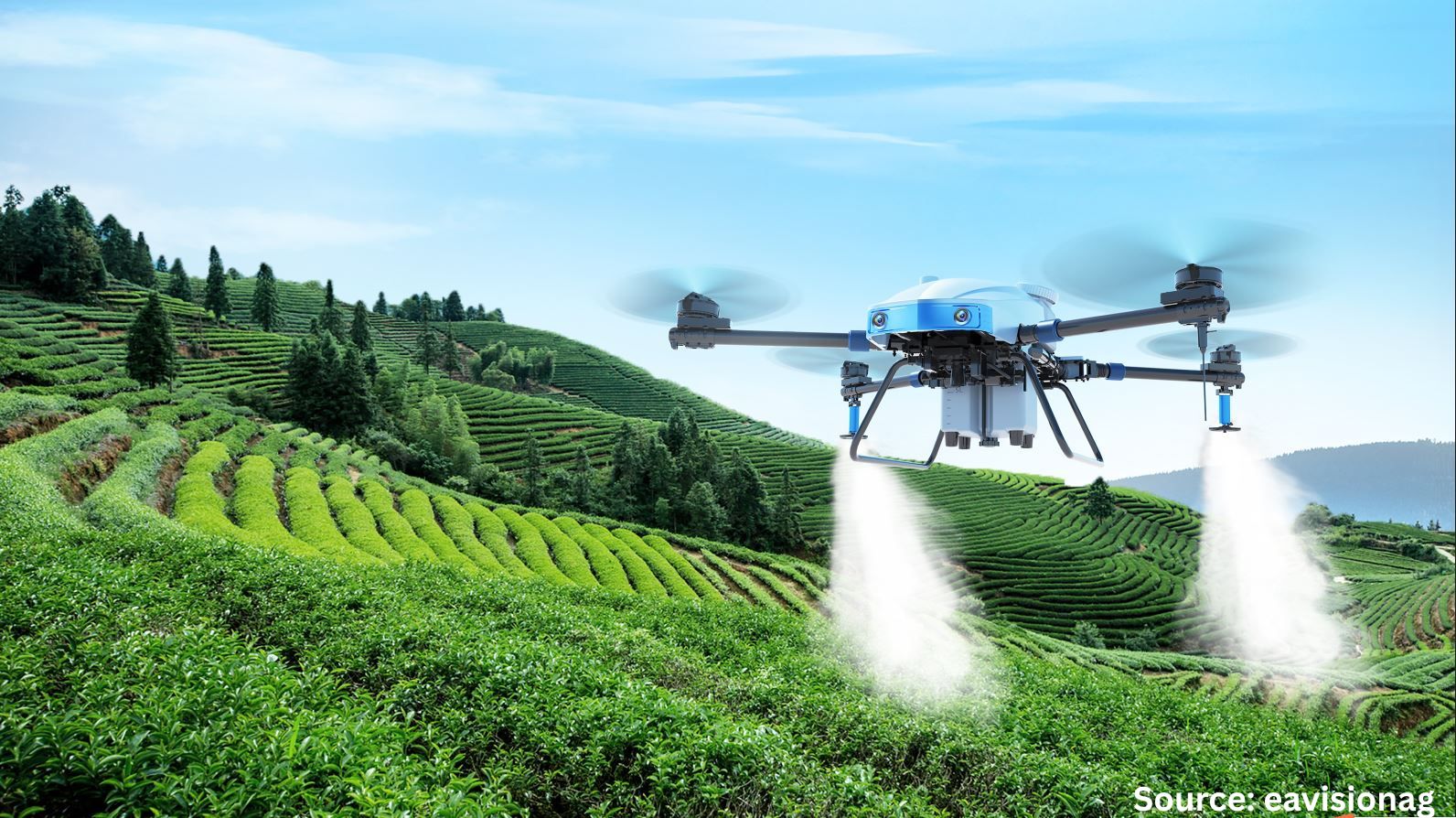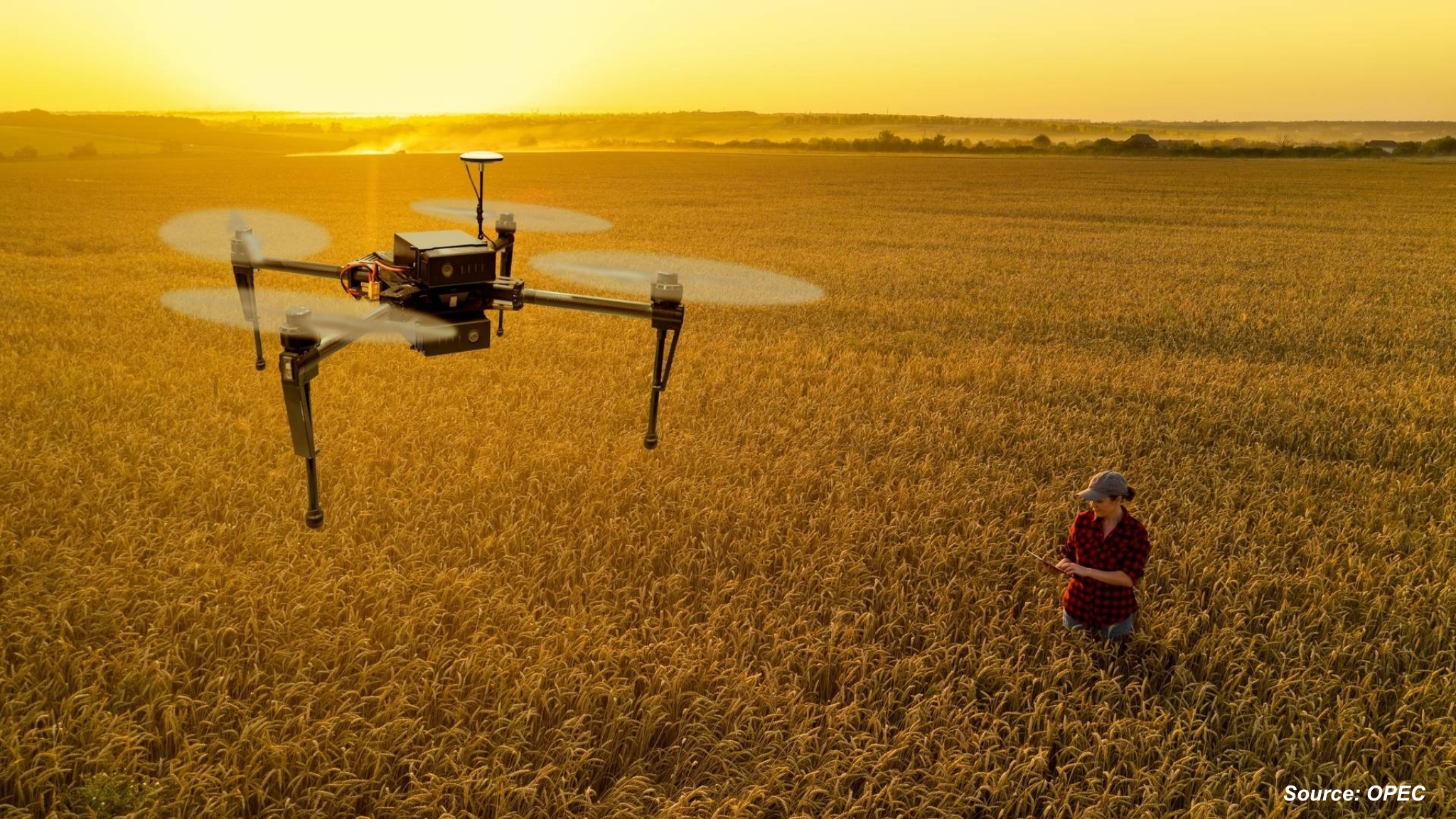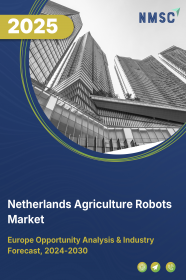
Netherlands Agriculture Robots Market by Type(Driverless Tractors, Unmanned Aerial Vehicles (UAVs), Milking Robots, Automated Harvest Robots, Others), by Offering(Hardware, Software, Services), by Farming Type(Indoor Farming, Outdoor Farming), by Application(Harvest Management, Field Farming, Dairy & Livestock Management, Inventory Management, Soil & Irrigation Management, Others), by End User(Farm Produce, Dairy and Livestock), and Others – Opportunity Analysis and Industry Forecast 2023–2030
Industry: Agriculture | Publish Date: 09-Oct-2025 | No of Pages: 198 | No. of Tables: 158 | No. of Figures: 99 | Format: PDF | Report Code : AG624
Netherlands Agriculture Robots Market Overview
Netherlands Agriculture Robots Market size was valued at USD 76.15 million in 2022, and is predicted to reach USD 227.3 million by 2030, with a CAGR of 13.5% during the forecast period, 2023–2030. Agricultural robots are machines that automate or semi-automate tasks in agriculture, such as planting, harvesting, monitoring, and spraying crops. They are designed to improve efficiency, productivity, and accuracy in agriculture while reducing the dependence on manual labor and enhancing working conditions for farmers. Agricultural robots utilize advanced technologies, such as computer vision and artificial intelligence (AI).
Agribots use sensors, actuators, and algorithms to perform tasks in agriculture. They can navigate fields using GPS or mapping technology and they can use computer vision to identify and differentiate between crops and weeds, detect pests or diseases, and make precise actions accordingly.
The Emergence of Agricultural Robots in the Netherlands
The Netherlands is the second-largest exporter of agricultural products in the world, after the United States. The country is popular for its flowers, cheese, tomatoes, vegetables and beer. Research and innovation are vital to Dutch agriculture and horticulture. Dutch agri-food businesses and knowledge institutions do innovative work in many fields, including sustainability, automation and nutrition. Although, according to the Council for the Environment and Infrastructure, half of the Dutch agricultural area is too compacted to let in sufficient oxygen and water. This leads to loss of productivity and revenue. For instance, maize yields are 10% to 20% lower due to soil compaction. Therefore, robotization can replace heavier mechanization to reduce soil compaction, which is expected to fuel the market growth in the country.
Addressing Labor Shortages through Agricultural Robotics
The scarcity of agricultural workers in the country, which is inflating the cost of labor is another factor strengthening the growth of the market. In addition, manufacturers and organizations in the Netherlands are actively developing new and innovative solutions for the industry. For instance, in April 2021, The Japan-based agrifood technology startup, inaho established a European subsidiary in the Netherlands and unveiled its latest product: a tomato harvesting robot. The new initiative aims to Through robotization, Idaho aims to contribute to labor savings and efficiency improvement in agriculture in Europe and other regions.
High Initial Investment in Agriculture Robots
The high cost of agricultural robots is a major barrier to adoption for many farmers in the Netherlands. The initial cost of purchasing the robots is high, and the cost of maintenance and integration can also be significant. This can be especially challenging for small-scale farmers, who may not have the financial resources to invest in these systems. As a result, the growth of the agricultural robots market in the Netherlands is expected to be restrained.
Technological Advancements in the Agricultural Sector
The Netherlands is a major agricultural producer, and the country's agriculture sector is poised to benefit from the rapid advancement of technology, including artificial intelligence (AI), machine learning, and robotics. These advancements are expected to create ample opportunities for the agricultural robots market in the Netherlands. As technology continues to evolve, agricultural robots in the Netherlands can become increasingly sophisticated, intelligent, and capable of performing a wide range of tasks with higher accuracy and efficiency.
Competitive Landscape
The agriculture robots industry includes several market players such as The agriculture robots industry includes several market players such as John Deere, GEA Group, CNH Industrial, Delaval, Ageagle Aerial System, AGCO Corporation, Trimble Inc., Naio Technologies, Yanmar Holdings Co. Ltd., SZ DJI Technology Co. Ltd., Boumatic, Harvest Automation Inc, Autonomous Solution Inc, Clearpath Robotics, and Kubota Corporation.
Key Benefits
-
The Netherlands agriculture robots market report provides a quantitative analysis of the current market and estimations through 2023-2030 that assists in identifying the prevailing market opportunities to capitalize on.
-
The study comprises a deep dive analysis of the market trend including the current and future trends for depicting the prevalent investment pockets in the market.
-
The information related to key drivers, restraints, and opportunities and their impact on the market is provided in the report.
-
The competitive analysis of the market players along with their market share in the Netherlands agriculture robots market.
-
The SWOT analysis and Porter’s Five Forces model are elaborated in the study.
-
Value chain analysis in the market study provides a clear picture of the stakeholders’ roles.
Netherlands Agriculture Robots Market Key Segments
By Type
-
Driverless Tractors
-
Unmanned Aerial Vehicles (UAVs)
-
Milking Robots
-
Automated Harvest Robots
-
Others
By Offering
-
Hardware
-
Software
-
Services
By Farming Type
-
Indoor Farming
-
Outdoor Farming
By Application
-
Harvest Management
-
Field Farming
-
Plowing and Seeding
-
Crop Monitoring and Weed Detection
-
Plant Scouting
-
Crop Protection and Scouting
-
Weather Tracking and Monitoring
-
-
Dairy & Livestock Management
-
Dairy Farm Management
-
Livestock Monitoring
-
-
Inventory Management
-
Soil & Irrigation Management
-
Others
By End User
-
Farm Produce
-
Cereal & Grains
-
Oilseed & Pulses
-
Fruit and Vegetables
-
Others
-
-
Dairy and Livestock
By End User
-
Field Crops
-
Fruits & Vegetables
-
Livestock
-
Others
Key Players
-
John Deere
-
GEA Group
-
CNH Industrial
-
Delaval
-
Ageagle Aerial System
-
AGCO Corporation
-
Trimble Inc.
-
Naio Technologies
-
Yanmar Holdings Co. Ltd.
-
SZ DJI Technology Co. Ltd.
-
Boumatic
-
Harvest Automation Inc
-
Autonomous Solution Inc
-
Clearpath Robotics
-
Kubota Corporation




















 Speak to Our Analyst
Speak to Our Analyst



